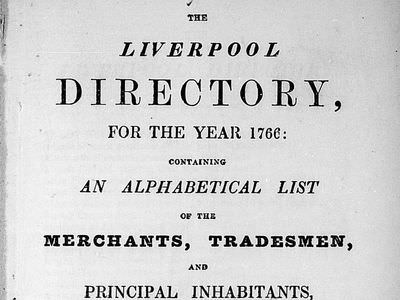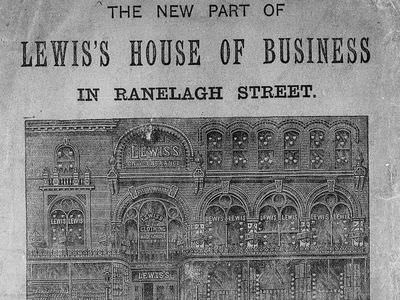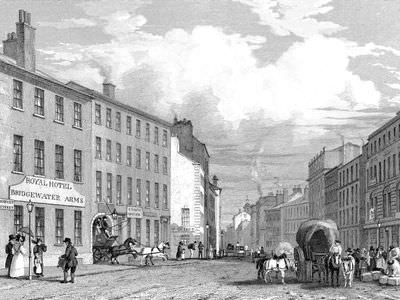Liverpool Through Time: From Slavery to the Industrial Revolution, 1766-1900

Liverpool street and business directories, 1766-1900
The publisher humbly hopes that this Publication will be found of such general utility as to gain the approbation of the Public, and encourage him to continue it Annuallyimg 28
Access the full collection
Get full access to Liverpool Through Time: From Slavery to the Industrial Revolution, 1766-1900.
Institutional Free Trial
Sign up for a FREE trialSingle User License
Purchase a license below to view the full collection.
Already have a license? Sign in to view the collection
See Liverpool grow, commercially and street by street, from 1766 to 1900

This collection is composed of directories of Liverpool first established by John Gore in 1766. The directories contained lists of merchants, tradesmen, and principal inhabitants of Liverpool, initially being published sporadically but later taking on a biennial character. The directories demonstrate the changing face of the city of Liverpool over the 18th and 19th centuries. Thus, the collection offers a window into the blossoming of the Industrial Revolution, the rise and fall of the Transatlantic Slave Trade, and the establishment of the first social services in the city.
Contents
Liverpool Through Time: From Slavery to the Industrial Revolution, 1766-1900...
Liverpool street and business directories, 1766-1900
Discover
Volumes
Insights
- Social services are listed in directories from 1790. Listings that emerge include an institution for recovering drowned persons, a school of industry for blind persons, and the juvenile reformatory association.
- The years 1766 to 1900 saw some of the most dramatic social change in Liverpool's history. The slave trade fueled Liverpool's growth in the 18th Century. It was followed by the industrial revolution in the 19th century.
- These directories enable the reader to see how each street in Liverpool was shaped by the dramatic changes happening around it.
- Gore's directories were the only directory which managed to survive for over 140 years. The other directories reveal elements of Liverpool's history as they try to produce a more tempting rival offer.







